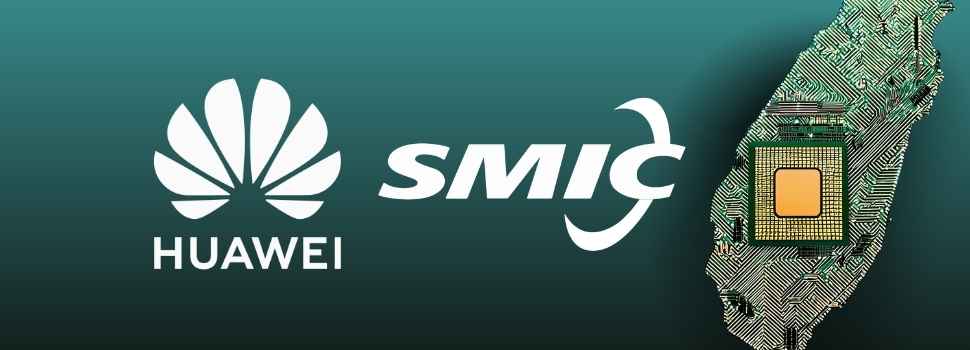Taiwan’s Export Controls on Huawei and SMIC
Implications for the Global Semiconductor Industry
4 Min Read June 15, 2025
Taiwan’s decision to impose new export controls on Huawei and SMIC marks a pivotal escalation in the global semiconductor trade landscape, with far-reaching industry implications.

On June 14, 2025, Taiwan tightened its technology export controls, adding China’s Huawei Technologies and Semiconductor Manufacturing International Corporation (SMIC) to its export control list. This marks a significant geopolitical and technological development, further aligning Taiwan’s trade policy with the United States’ ongoing restrictions on Chinese semiconductor giants.
As the world’s leading hub for advanced chip manufacturing, Taiwan’s decision could have ripple effects across the semiconductor supply chain, affecting everything from foundry services and IC design to advanced packaging and global market dynamics.
Why This Matters to the Semiconductor Industry
Taiwan's action reflects the intensifying global "chip war" as nations safeguard critical technologies. Restrictions on Huawei and SMIC may limit their access to Taiwan’s cutting-edge chip design tools, semiconductor materials, and advanced equipment — key resources needed for next-generation processors and communication chips.
This move has potential implications for:
- Foundry Market Dynamics: Taiwan's restrictions could impact SMIC's ability to scale beyond mature process nodes (14nm and above), limiting China’s domestic semiconductor ambitions and opening opportunities for other global foundries.
- Advanced Packaging and IC Design: Huawei’s access to Taiwan’s packaging technology, such as 2.5D and 3D integration techniques, could be severely constrained, stalling progress on AI and mobile processors.
- Global Supply Chain Disruption: OEMs and fabless firms relying on Chinese fabs or Huawei-designed chips may reassess their supply chains, redirecting business toward Taiwan, Korea, or the US.
- Long-Term Market Forecasts: Restrictions may accelerate China’s domestic tool and material development, while reinforcing the dominance of Taiwanese, Korean, and US semiconductor ecosystems in leading-edge technology.
TechInsights Analysis: Measuring the Impact
At TechInsights, we closely monitor these critical geopolitical shifts and their technical consequences. Our foundry trend reports, IC packaging analyses, and market forecasts offer independent, in-depth assessments of how export restrictions shape competitive dynamics across the global semiconductor value chain.
For example:
- How will these new export controls influence SMIC’s process technology development roadmaps?
- Will Huawei’s next-generation AI and 5G SoCs face delays or architectural changes as a result?
- Which non-Chinese firms stand to benefit from potential supply chain shifts?
TechInsights delivers reverse engineering reports, technology trend analysis, and competitive market insights that help industry leaders navigate these uncertainties.
Stay Ahead in a Changing Geopolitical Landscape
This development underscores why independent semiconductor analysis is critical for R&D, market strategy, and risk management. As Taiwan enforces stricter controls, TechInsights remains your trusted partner in understanding technology and market disruptions that shape the semiconductor industry’s future.
Already registered to the TechInsights Platform? Sign in or Request Access to explore detailed market forecasts, trade policy impact analysis, and supply chain insights shaping the computing industry.










